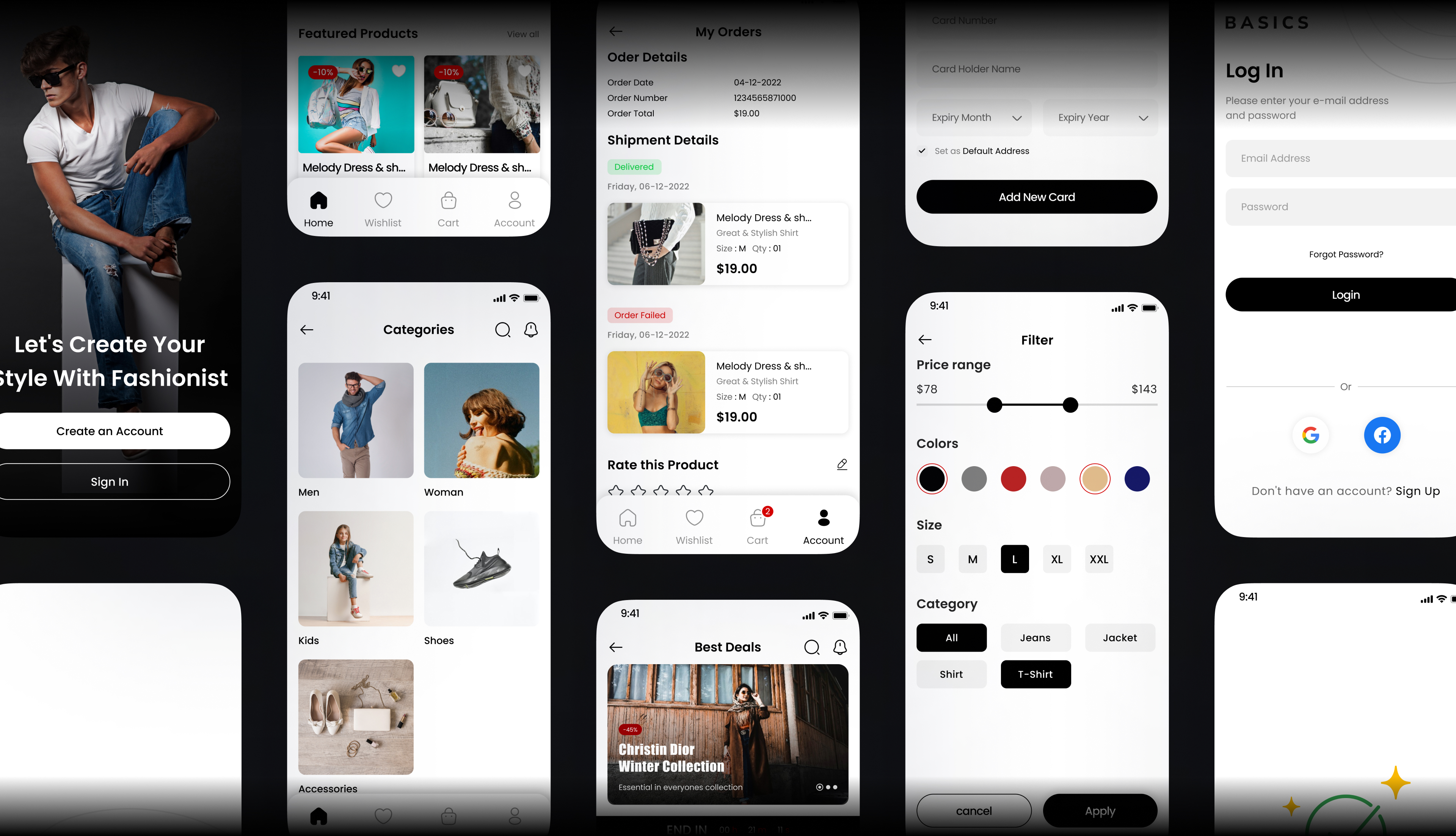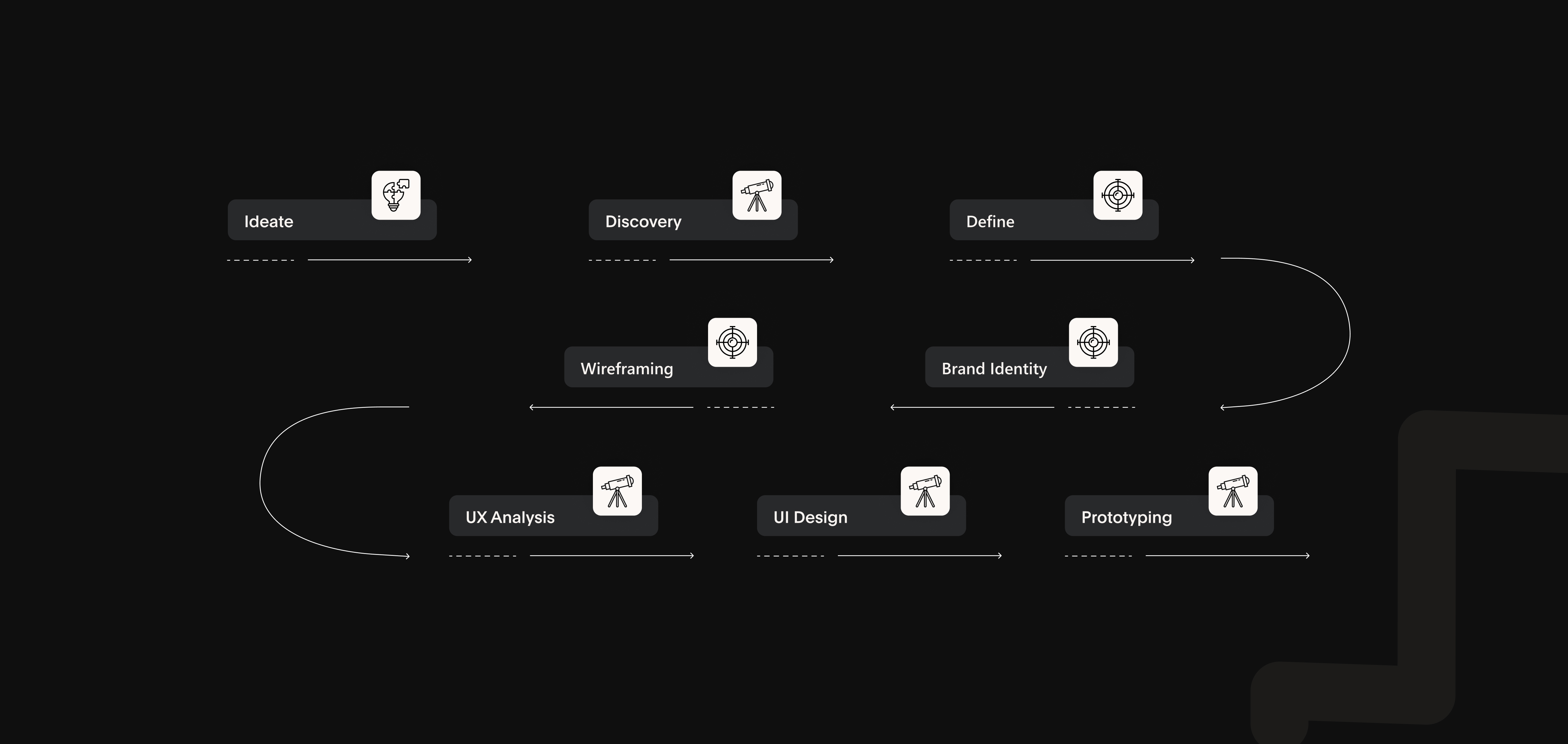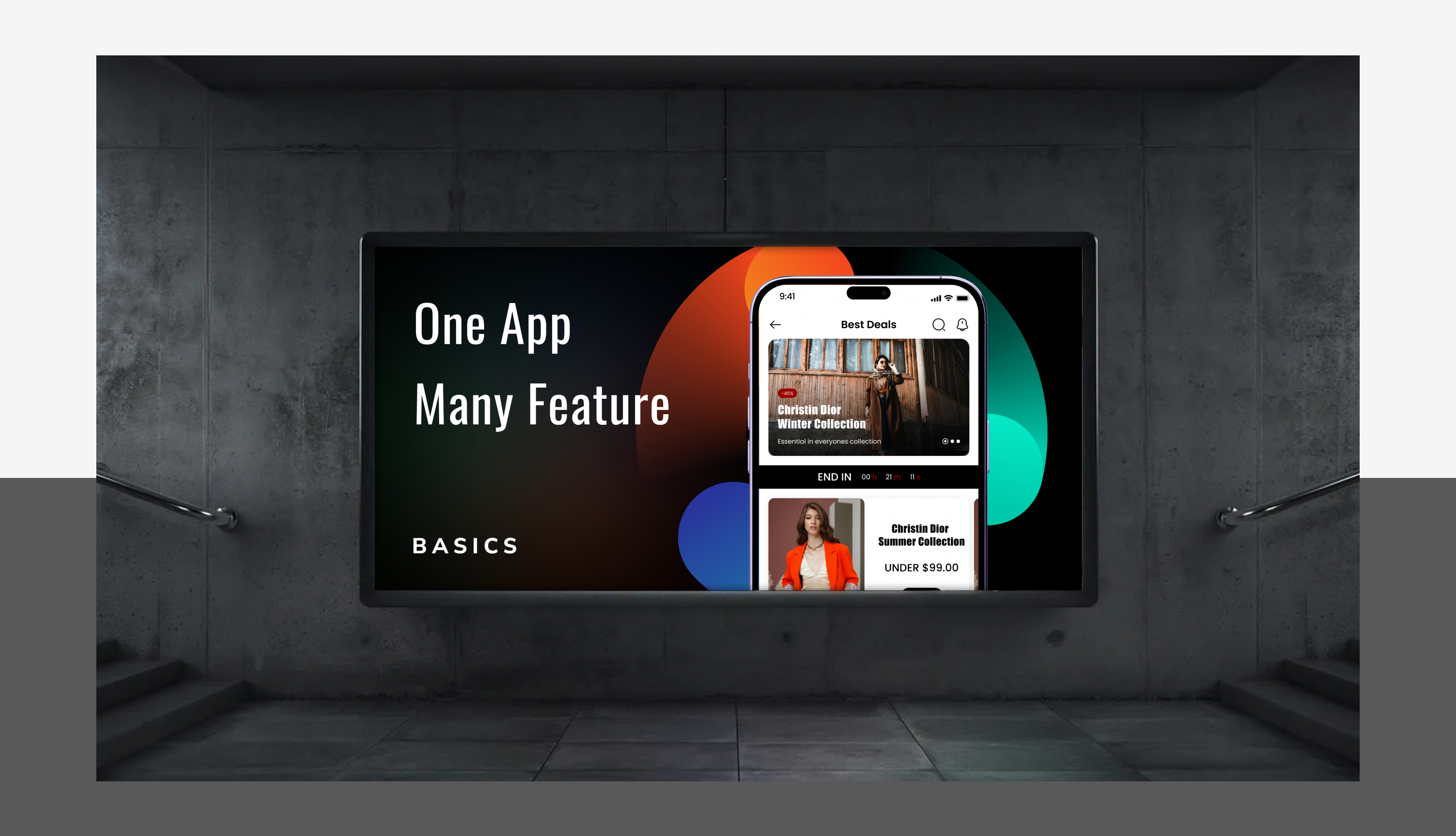Basics UI: A Minimal UI System for Fast, Accessible Prototyping
A lightweight, unopinionated UI foundation built for rapid product exploration and scalability.

Services
Design Systems, UI Design, Developer Experience
Date
June 2024
Agency
Self-Initiated Project
Target Audience
Freelance designers, frontend developers, and lean startup teams working on MVPs or early-stage ideas.
The Problem
Most UI kits available today are either overly opinionated, visually heavy, or difficult to customize—especially when you want to experiment quickly without sacrificing consistency or accessibility.
My Role
This was a solo effort. I conceptualized, designed, and documented the entire system—from component planning and Figma design to building out tokens and receiving feedback from real users.
Client
Internal / Personal Project

Design & Development Process
Step 1: Competitive Research & Analysis
I began by analyzing existing design systems like Tailwind UI, Radix Primitives, and Chakra UI. While powerful, many of them required deep setup or imposed visual styles that made branding feel generic. My goal: simplicity + flexibility, out of the box. I also interviewed 5 freelancers about what they struggle with during MVP design. Their insights guided the early scope.
Step 2: System Planning & Token Setup
I mapped out a lean component library that focused on high-utility elements: buttons, inputs, dropdowns, modals, and tabs. Each component was supported by a token system (colors, spacing, typography, radii) designed to be platform-agnostic. Accessibility was a first-class citizen — every component met WCAG 2.1 standards from the start.
Step 3: UI Prototyping & Testing
I built all components in Figma using auto layout, variants, and tokens. Each design was also tested in light and dark modes. I shared early versions with developer peers to test integration speed. Their feedback helped me tweak spacing logic, token structure, and interactive states like hover/focus. One key goal was to make handoff to devs seamless.
Step 4: Iteration Based on Real Feedback
I released the system to a small Slack group of freelance designers and React devs. They loved the clarity and minimalism. Based on their feedback, I added spacing helpers, responsive states, and refined the documentation. This led to better adoption and satisfaction without bloating the system.

Final Results



Key Takeaways
- 🎯 Design Tokens Create Scale: Using tokens allowed me to easily update themes, support dark mode, and scale across platforms with zero visual drift.
- ♿ Accessibility From Day 1: Planning for keyboard navigation and color contrast early on saved time and improved usability dramatically.
- 🧪 Feedback = Focus: Real feedback from freelancers and devs helped me avoid scope creep and improve developer experience (DX) from the start.